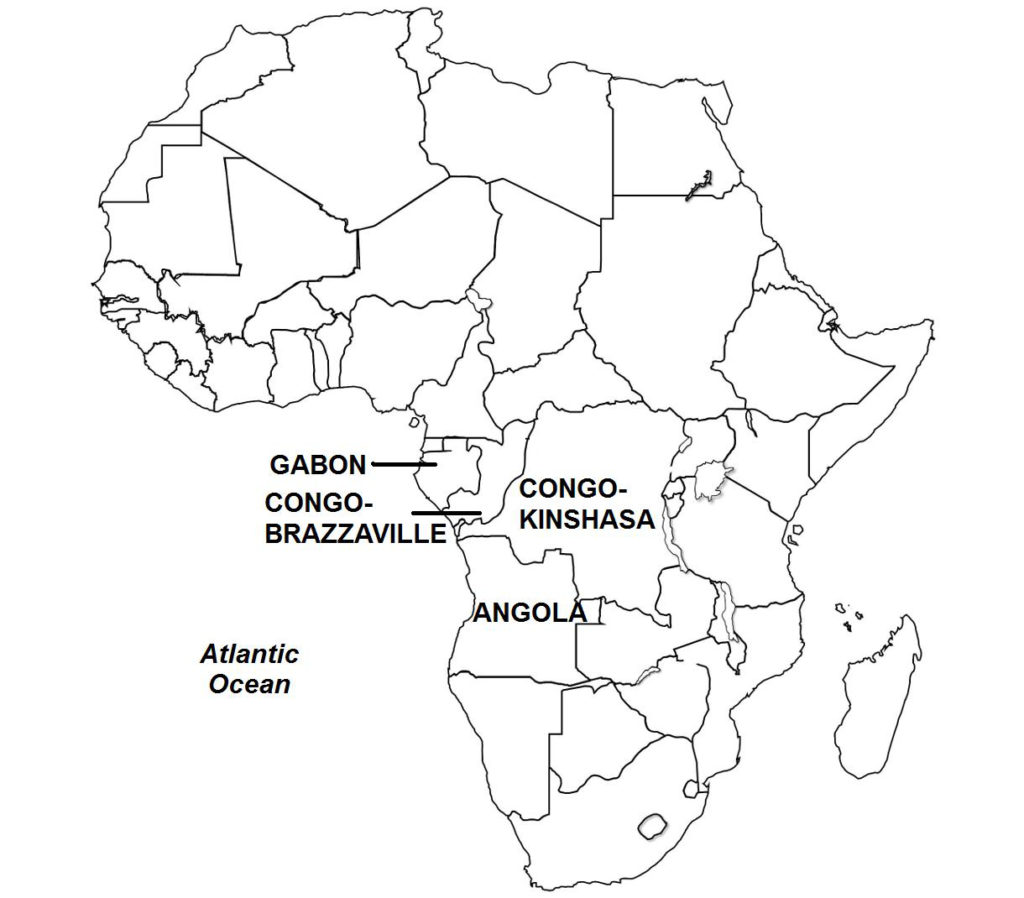On October 25, 1997, Denis Sassou Nguesso took over power and formed a new government, declaring himself the new president of the Republic of the Congo (also known as “Congo-Brazzaville”). In January 1998, he convened an assembly called the “Forum for National Unity and Reconciliation”, which was attended by the country’s political elite (except those who were in exile). The Forum reached an agreement with the following provisions: establish a three-year transitional period before holding elections in 2001, form a transitional legislative assembly, and draft a new constitution.

(Taken from Republic of the Congo Civil War – Wars of the 20th Century – Volume 3)
Background Congo-Brazzaville, officially known as the “Republic of the Congo”, is a West African country that gained its independence in 1960. The country began as a democracy, but within four years after achieving statehood, it was leaning towards socialism and had adopted socialist policies. Multi-party politics were ended, an official state political party was introduced, and the country’s free-market capitalism was placed under state controls. Then in 1970, Congo-Brazzaville officially adopted Marxism as its state ideology, changed its name to the “People’s Republic of the Congo”, and established diplomatic relations with the Soviet Union and other communism countries.
In the early 1990s, the global political and security climates changed dramatically, as the Soviet Union and other East European countries shed off communism and adopted democracy. In 1990, Congo-Brazzaville yielded to international pressure and moved to transition back to democracy and multi-party politics. Although socialist Congo-Brazzaville emulated the Soviet Union’s centralized governmental infrastructures, its economy continued to be largely capitalist driven, and the government regularly took out loans from international private commercial bands and encouraged foreign investments (particularly from France, Congo-Brazzaville’s former colonizer) to the country in order to develop Congo-Brazzaville’s oil and mineral resources.
Also in the early 1990s, Congo-Brazzaville was experiencing an economic recession and the government of President Denis Sassou-Nguesso was being accused of corruption by political critics. In February 1991, President Sassou-Nguesso convened the “Sovereign National Conference”, an assembly of 200 members of the country’s political elite. The Conference unanimously agreed to restore democracy and establish a transitional government to run the country until free elections could be held.
In March 1992, Congo-Brazzaville ratified a new constitution that instituted multi-party democracy. Then in elections held in August 1992, former Prime Minister Pascal Lissouba became the country’s new president, defeating the incumbent, President Sassou-Nguesso, and the other main candidate, former President Bernard Kolelas. These three political figures would play the major roles in the bloody conflicts that followed.
In the legislative elections held in May 1993, President Lissouba’s political party won a majority of the parliamentary seats, but the two main opposition leaders, Sassou-Nguesso and Kolelas, disputed the results, claiming that fraud had been committed to allow the ruling party to win. As tensions rose, the three political leaders formed armed groups along ethnic lines: President Lissouba organized the Cocoye militia from members of his Nibolek tribe, Sassou-Nguesso formed the Cobra militia from his Mbochi tribe, and Kolelas organized the Ninja militia from his Lari tribe.
The country’s armed forces were also divided by ethnicity; in particular, Sassou-Nguesso, who was a former army colonel, retained the loyalty of some Mbochi servicemen. Mbochi officers also helped Sassou-Nguesso organize the Cobra militia. While Congo-Brazzaville had experienced a long history of political unrest since independence, including three violent overthrows of government and a presidential assassination, the militarized climate generated by the 1993 elections portended the country’s descent into greater violence.
In June 1993, fighting broke out between President Lissouba’s Cocoye fighters and the combined forces of Cobra and Ninja militias. In January 1994, a truce was signed which ended hostilities. The fighting caused some 5,000 mostly civilian deaths and tens of thousands of people left without homes. In 1994, the Organization of African Unity and the governments of France and Gabon brought together the three rival political parties of Congo-Brazzaville to sign a peace agreement, which took effect in December 1995. The agreement contained two major stipulations: formation in Congo-Brazzaville of a power-sharing government consisting of the three political parties, and disarming and demobilization of all militias. The agreement failed to be implemented, however. As a result, the militarized, confrontational climate remained, setting the stage for a full-blown civil war.
